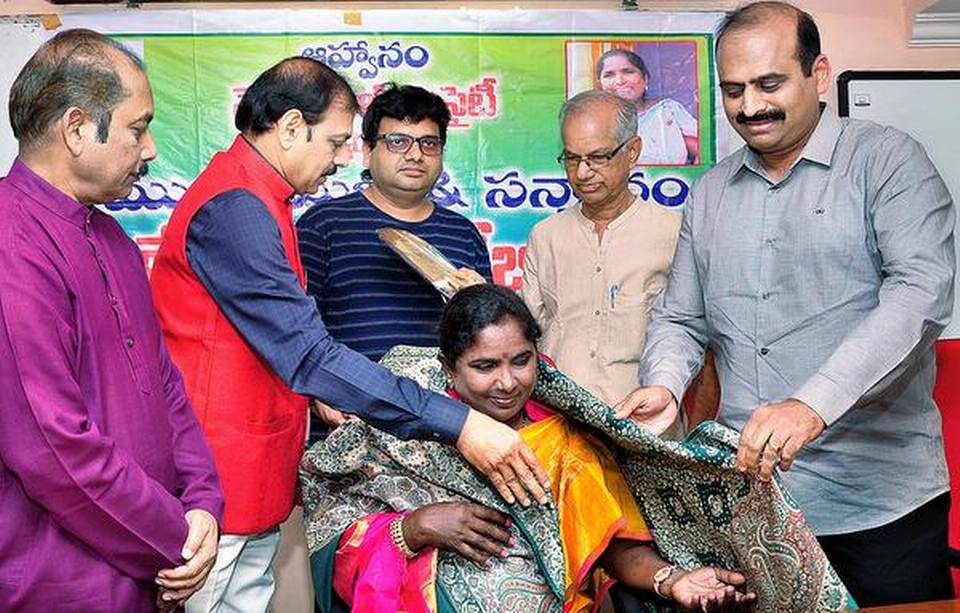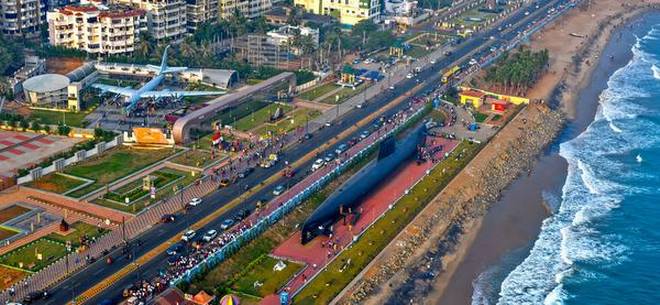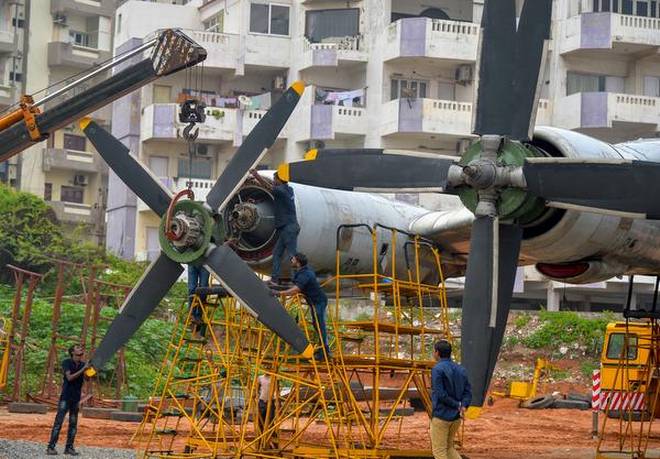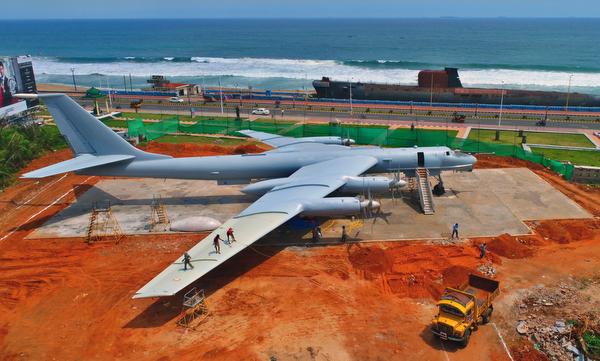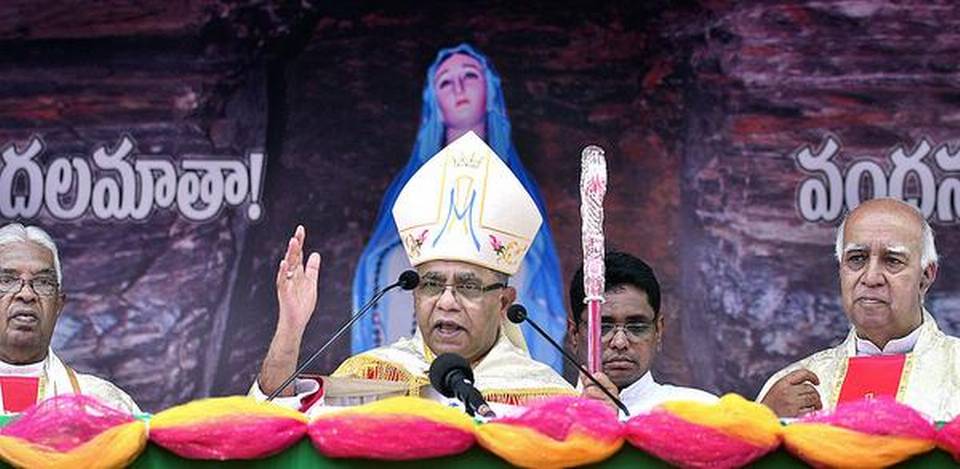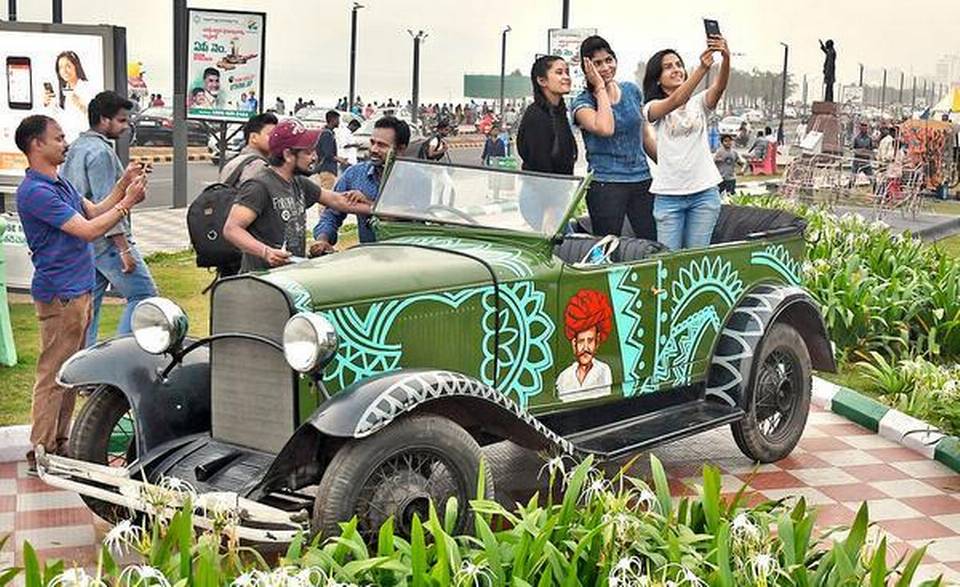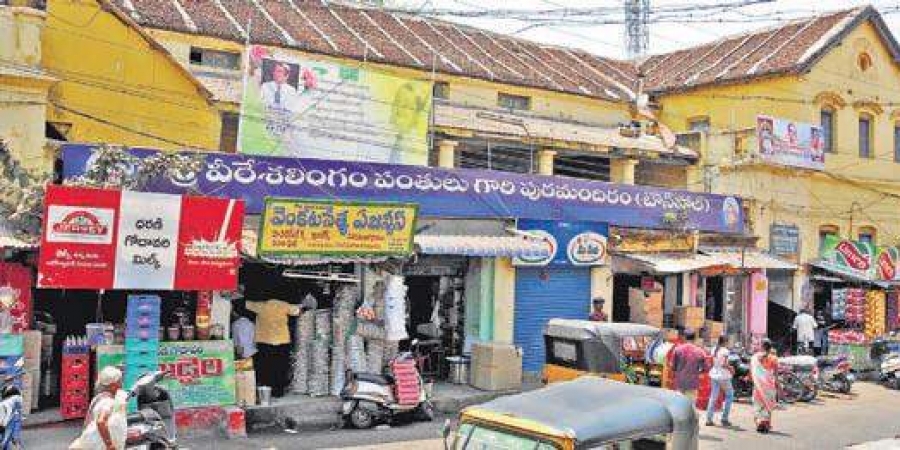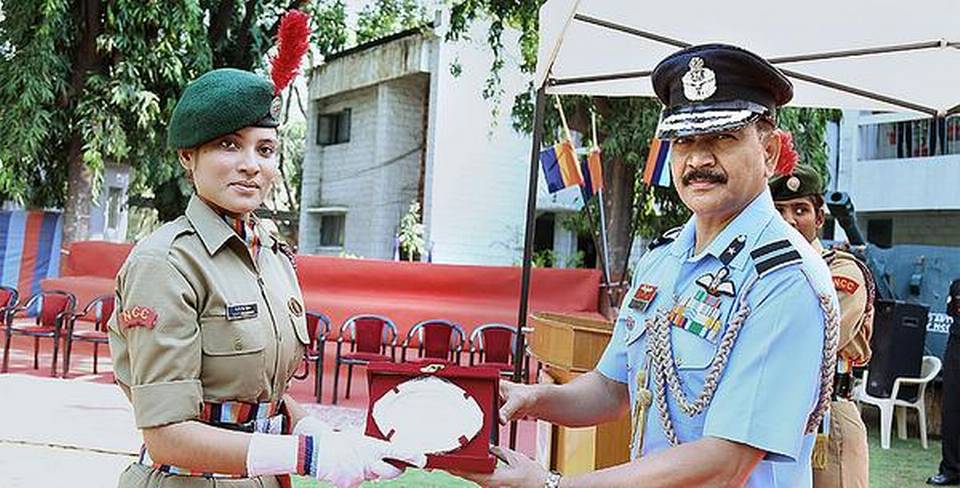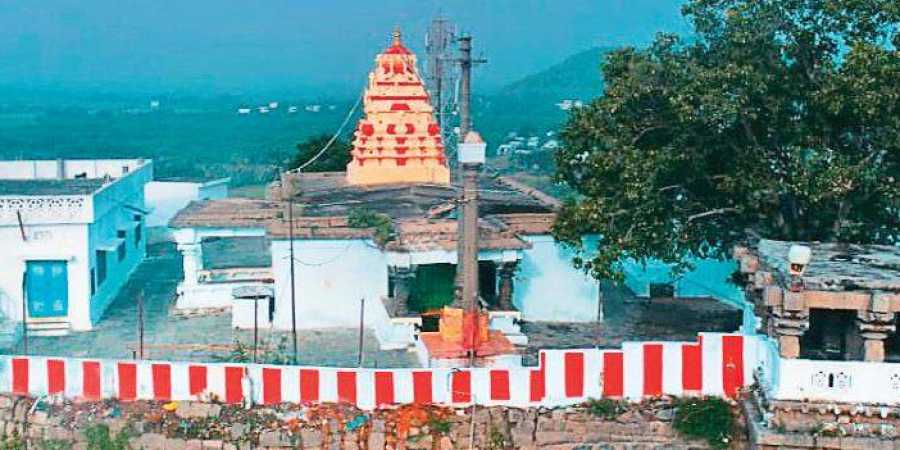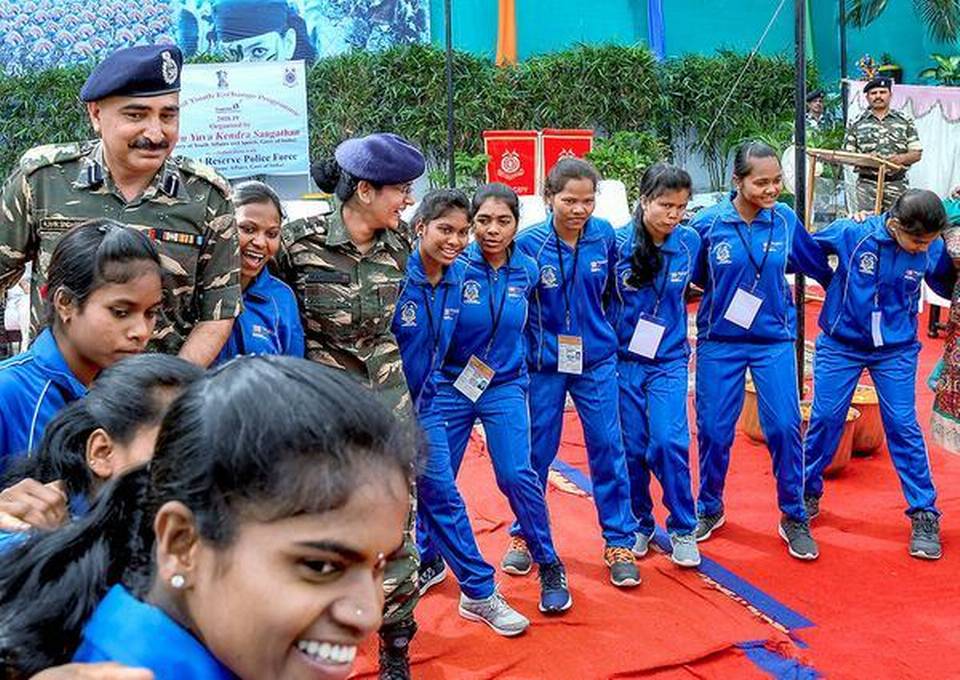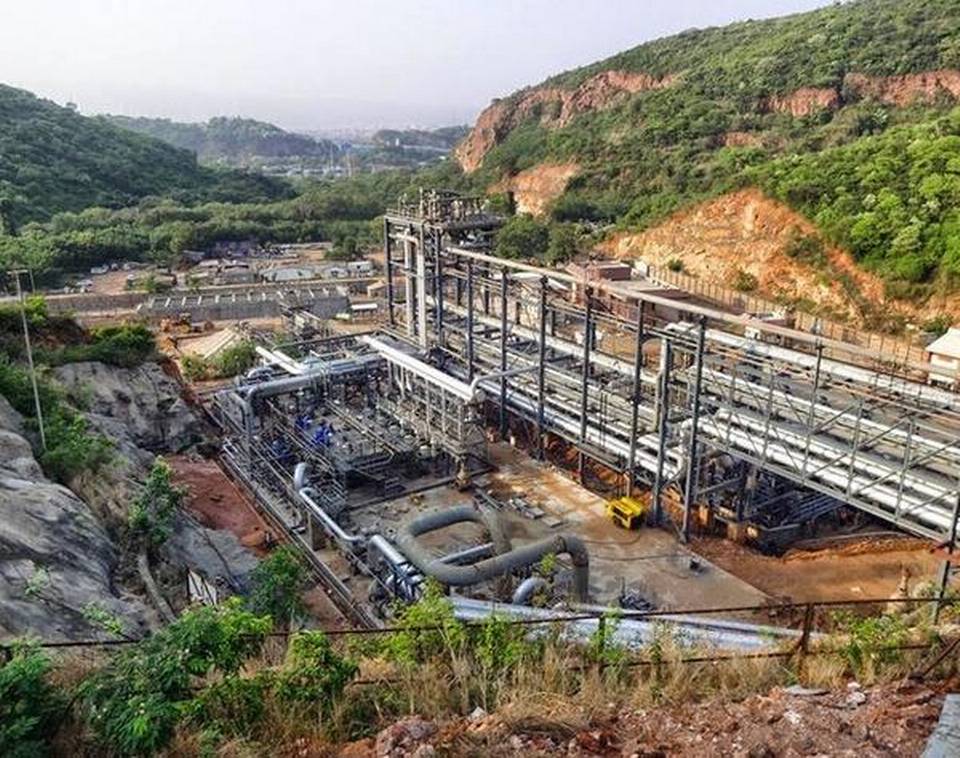
The 1.33 million tonne facility in Vizag is the first in the country to receive consignment
India’s first underground rock cavern to store crude oil in the city, which was dedicated to the nation by Prime Minister Narendra Modi in Guntur on Sunday almost three-and-a- half years after it launched its operations, is considered a man-made engineering marvel.
After lot of difficulties in digging the cavern at Lova Gardens near the Hindustan Shipyard Limited, it was made suitable for storage of crude oil. At present, India has three caverns — in Mangalore, Padur and Visakhapatnam — with a total storage capacity of 5.03 million tonne. The total cost of the three projects was over ₹4,000 crore.
Long overdue
Though the cavern in Visakhapatnam was slated to be dedicated to the nation by the Prime Minister in 2015 itself, it could not take off due to his preoccupation.
The first consignment of crude was received in July 2015 by Very Large Crude Carrier Pioneer at the HPCL’s Single Point Mooring, heralding a new chapter for the oil industry as India joined the elite club of a few countries that had such rock caverns.
The Indian Strategic Petroleum Reserves Ltd (ISPRL), a special purpose vehicle wholly owned by the Oil Industry Development Board, was set up by the Ministry of Petroleum and Natural Gas, with the mandate to create caverns to store crude so as to use it as a cushion in the event of disruption in supply from the Middle East.
The Engineers India Ltd was the project management consultant for the cavern project.
The Government of India also has plans to construct two more caverns with a capacity of 6.5 million tonne each in Karnataka and Odisha.
The idea of the cavern project was conceived after severe shortage of petroleum products experienced due to dislocation in supplies following the Gulf War in 1990s. “My association with the building of caverns was a challenging task as well as a thrilling experience,” Rajan Pillai, former Chairman and Managing Director of ISPRL, during whose tenure the first cavern became operational, told The Hindu on Sunday.
The crude oil cavern in the city has a capacity of 1.33 million tonne in which HPCL has a separate compartment with a storage capacity of 0.3 million tonne.
LPG cavern
Visakhapatnam also can boast of having South and South East Asia’s first- of-its-kind LPG cavern with a capacity of 60,000-tonne in the close vicinity of the crude oil cavern.
The LPG cavern is run by South Asia LPG Company Pvt. Ltd, a joint venture of the HPCL and Total Gas and Power India, a wholly-owned subsidiary of TOTAL of France.
The bottommost point is 196 metres below mean sea level and considered one of the deepest caverns in the world.
source: http://www.thehindu.com/ The Hindu / Home> News> States> Andhra Pradesh / by Santosh Patnaik / Visakhapatnam – February 11th, 2019
